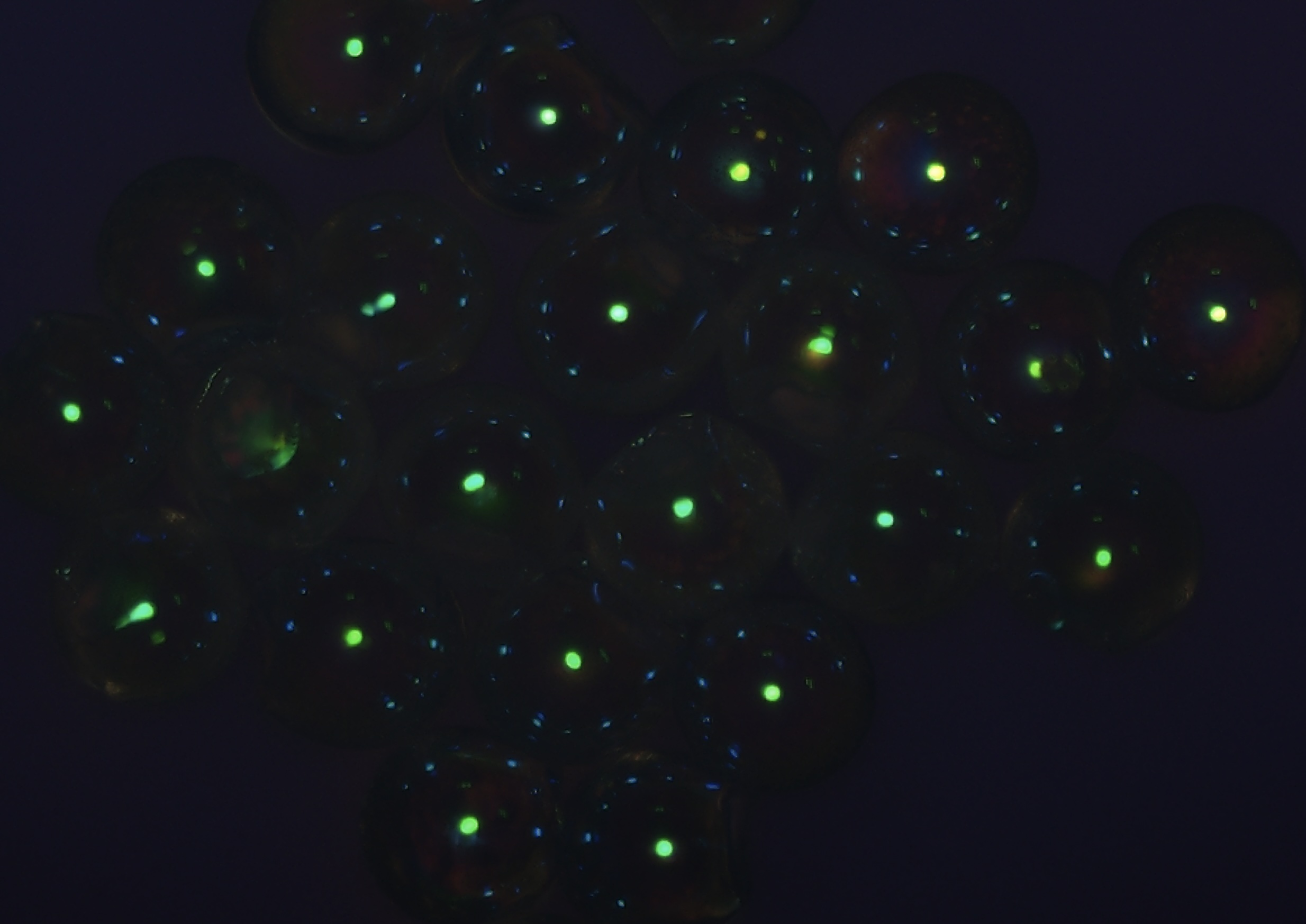Meanwhile, reports on previously
unimaginable cases of counterfeiting and fraud appeared to be exponentially increasing (
read more here). The consequences for individuals, companies and societies are disastrous,
from financial loss to tarnished brand reputation, to illness and death. The
Covid-19 pandemic supercharged this development as online sales exploded and a giant market for fake face masks, medicines and vaccines flourished. Lagerwall and Lenzini realized that their unclonable, untransferable and unique artificial fingerprints
hold enormous potential in fighting this development, as their material and hard- and software solutions would
allow any parties along a complex globalized supply chain, from producers to refiners to shippers to retailers to customers, to
reliably verify the authenticity of a product of concern.




